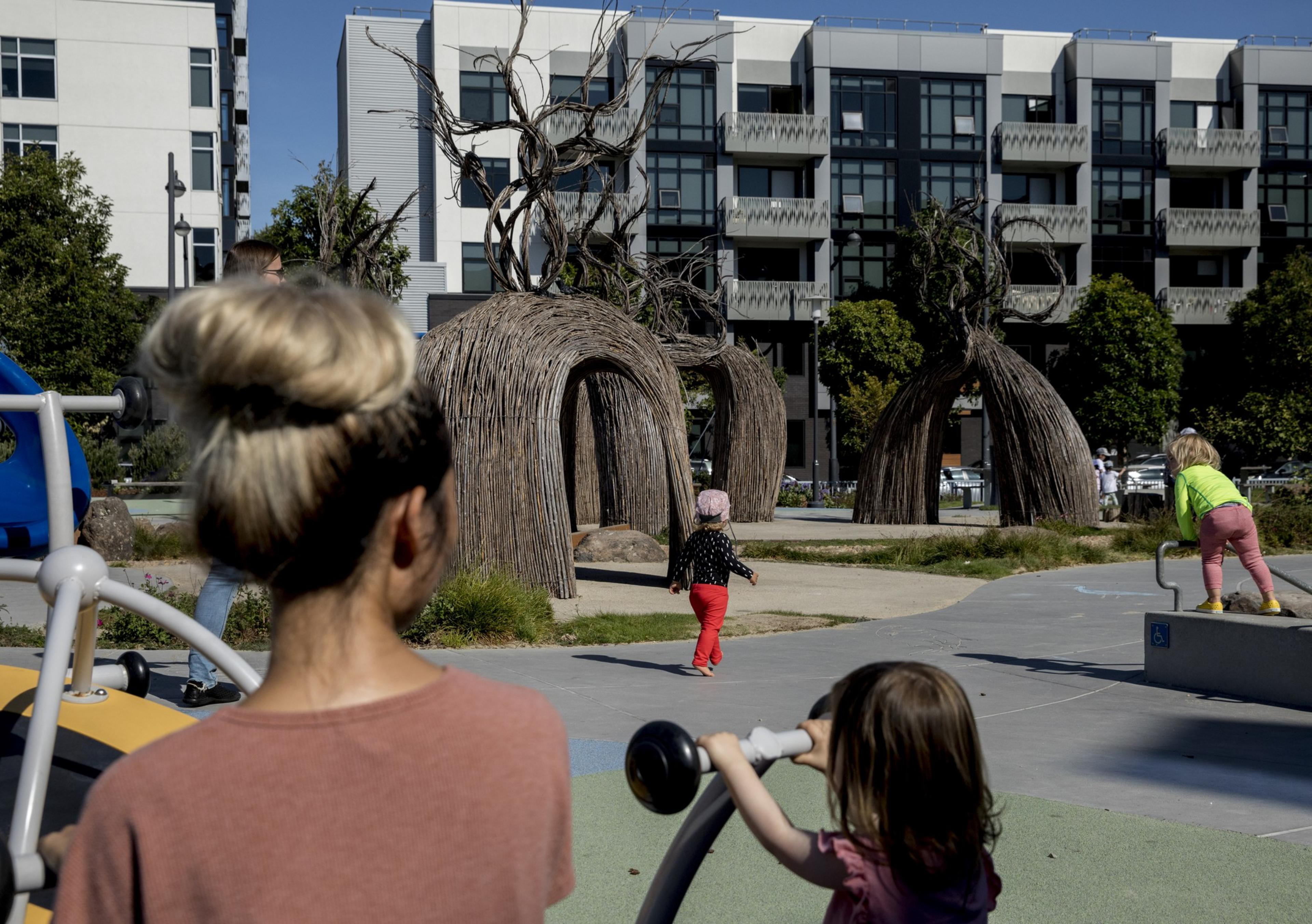Mayor Lurie’s proposed “family zoning (opens in new tab)” plan may be pure euphemism: verbal window-dressing to pave the way for dense upzoning and extensive development, particularly on the west side of the city, as skeptics claim.
But what if we took the term more literally? What if we pushed Lurie to produce the kind of “family zoning” that made San Francisco not just more affordable, but also fun, healthy, and good for socializing? We now have that opportunity.
San Francisco has long led the nation in “zoning for health,” a strategy that leverages zoning rules to limit unhealthy businesses (such as fast food restaurants and liquor stores) and encourage healthy ones (such as grocery stores in food deserts), especially in low-income communities and neighborhoods.
But these efforts too often take a “Just Say No” approach: no to fast food, no to happy meals, no to liquor stores. Lots of limits, but fewer suggestions for what to actually build.
The “family zoning” concept offers a way to say yes to a whole new vision of healthy housing. We need a smart mix of retail, office, housing, and parks to create the sorts of neighborhoods that encourage walking to the store and bumping into your neighbors. Healthy housing also means more than parks or exercise equipment. We need spaces that foster socializing and fun almost by accident.
In addition to mixed-use, we need “loose-use” spaces: flexible areas where people of all ages can do things like cook, play games, exercise, and relax. Loose-use spaces are adjustable, shifting uses throughout the course of the day or according to the ages of their residents. In Arizona, Culdesac Tempe (opens in new tab) has created a car-free, play-filled rental development – think walking paths, fountains, and BBQ courtyards – that could fit right in here. And Washington DC’s The Stacks (opens in new tab) project is turning abandoned industrial land into a walkable community, with affordable housing, ample shared space, and co-living (opens in new tab) options for young residents and families.
Working with developers, San Francisco should incentivize low-cost, high-use spaces that encourage people to turn off Netflix and get outside.
Some examples include:
Free-play spaces: Small spaces can be transformed into playgrounds for all ages by using different paint colors — say, green for basketball, blue for pickleball, and so on. New York City has done this for years, with playgrounds that can be used for kickball or four-square or handball. Let’s start in Ingleside and Oceanview, which have relatively less park space (opens in new tab), and traffic corridors in the Richmond, which are ripe for more (and better!) housing (opens in new tab).
Fitness circuits – In the 1970s, many Bay Area parks and public spaces installed parcourse stations: simple wooden stations where you could do an exercise, and then move along to the next one. Unfortunately, many new or renovated parks, like Dogpatch’s Esprit Park, have removed these circuits. Bring them back! They’re proven to work (opens in new tab) and they make exercise fun for all ages – especially families.
Flex rooms: More apartment buildings and developments need simple co-working spaces where residents can plug in and have coffee with their neighbors. After 4pm or on weekends, building managers can convert them into homework spaces or game rooms. Also bookable for birthday parties!
Communal cookout areas: Every new apartment building should have a little space with a simple-but-ample, fire-safe charcoal grill and a table set. Make them visible, on the ground floor near the flow of coming and going, not hidden on the roof or stuck on a forgotten concrete slab in the back.
Libraries for things: Let’s bring back tool libraries, bike-repair stations, and other spaces where citizens can share skills and basic tools with one another for home projects. They create community connections, spread knowledge, and teach skills. And let’s expand the free-library concept to more goods that more people need: Kitchen appliances. Pantry staples. Sporting goods. School supplies.
So how can we make loose-use spaces a reality? Amenities like these can be built into new buildings or incorporated into existing fallow space in “family-zoned” neighborhoods. Where possible, the city could ensure that parklets provide more than just restaurant seating, and turn other public-space niches into active-use areas. The city could offer tax incentives to developers to carve out more shared space that fosters healthier behaviors.
The city could also extend Lurie’s PermitSF project to fast-track approvals and permitting for projects that include loose-use spaces, saving developers time and money. That’s important, because developers are wary of any use of space that doesn’t help their unit economics. Too often, community amenities are the first ideas scrapped to ensure a project pencils out to provide profits.
Lurie’s family zoning proposal still has several hoops to get through before it becomes policy, including buy-in from the Board of Supervisors. And city leaders will need to stand firm against the inevitable pushback from NIMBY naysayers. But now – when the Mayor and the Board of Supervisors are actively negotiating on the family-zoning proposal – is the ideal opportunity to make healthier housing part of the plan. As it develops, let’s encourage our city to incentivize developers to build health into their blueprints.
Thomas Goetz is an Impact Fellow at the UC Berkeley School of Public Health and co-founder of Building H (opens in new tab), a nonprofit research group. He lives in Potrero Hill.
